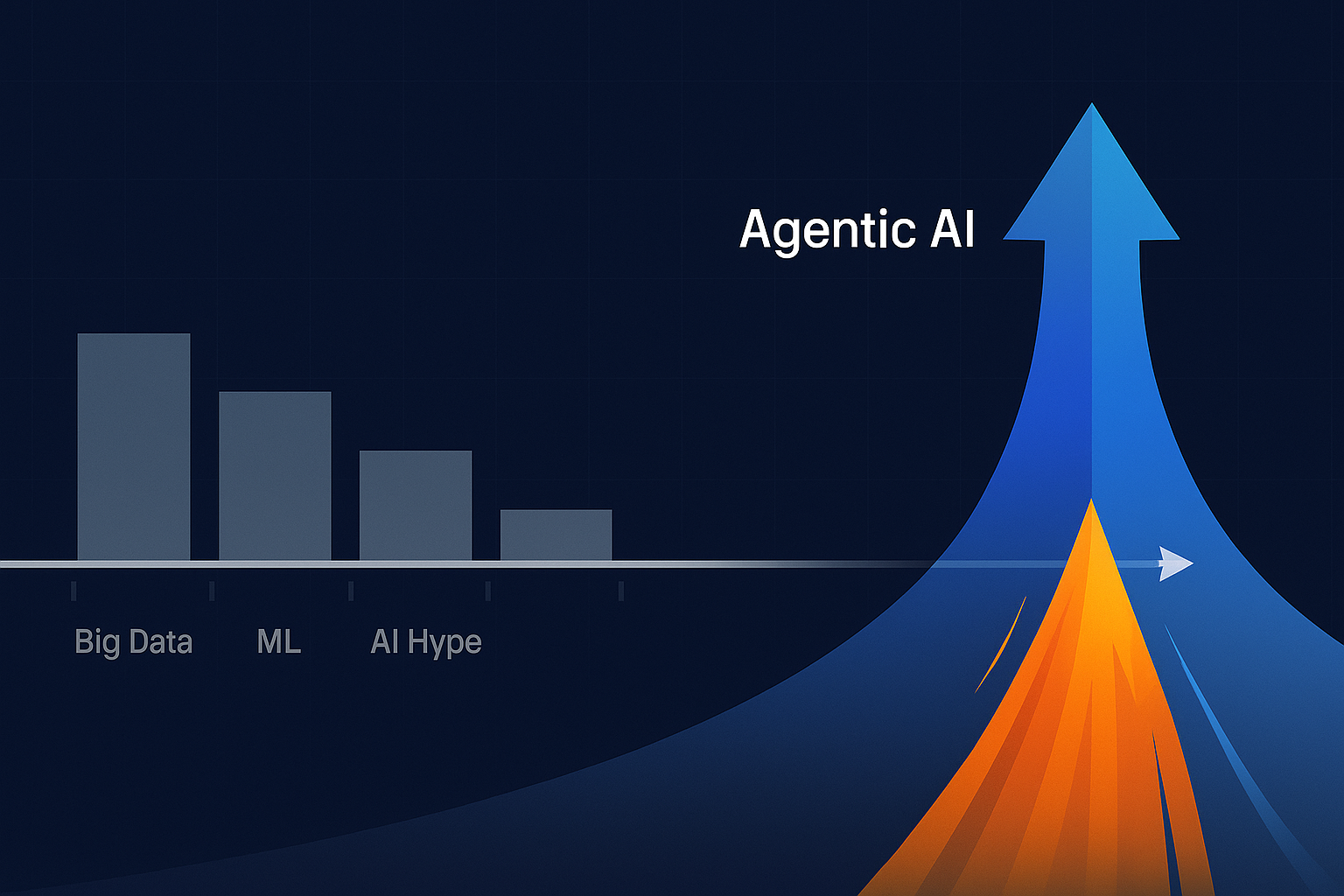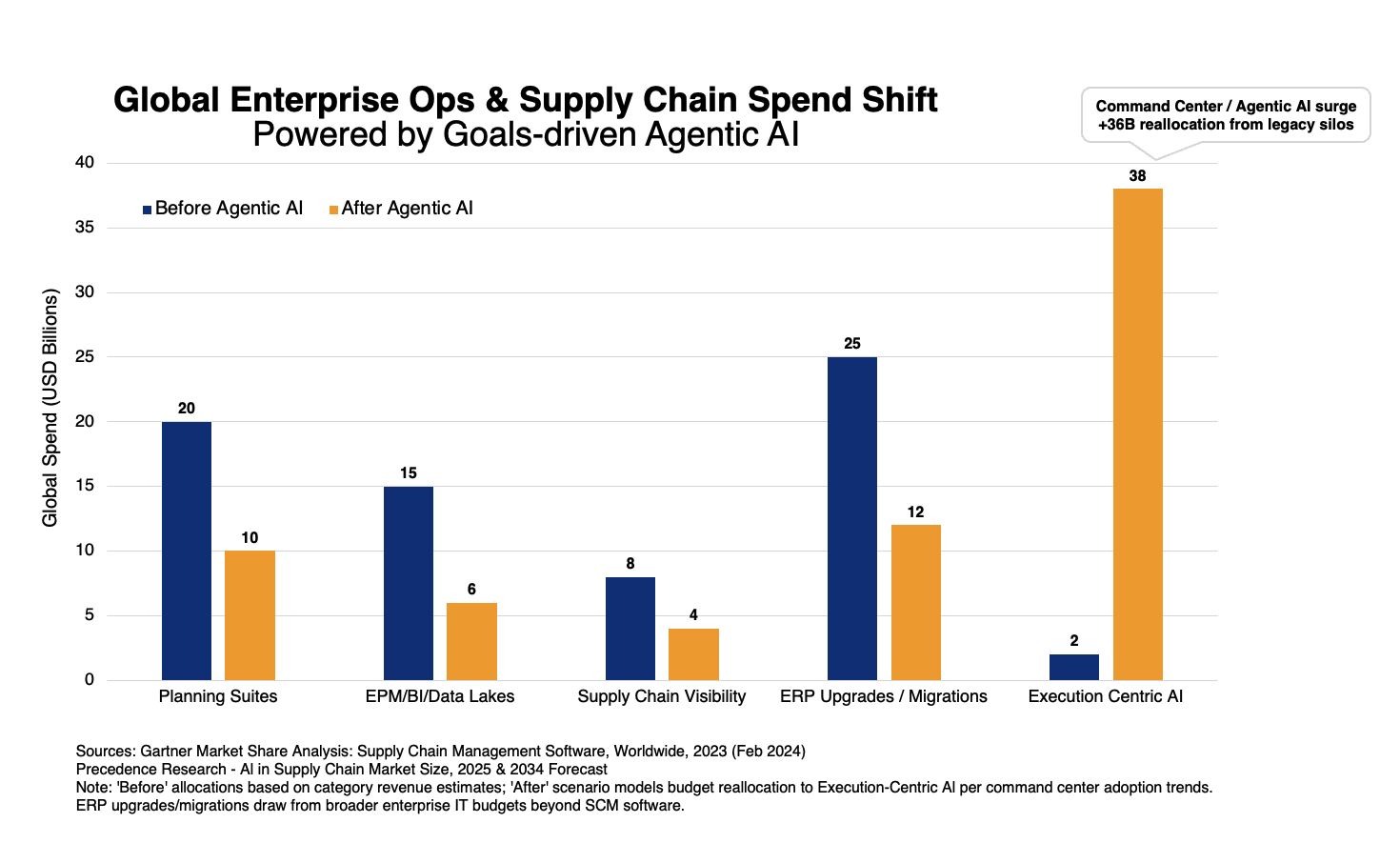OpsView #3 - Three Demand Forecasting Data Challenges in 2023
In each edition of Ops View, we’ll feature real conversations with operations leaders on the challenges and issues they are grappling with. Read this series to get insights into the hot topics operations leaders are discussing today.
#1 Visibility into Key KPIs for Demand Planning
One large food and beverage company expressed the need for demand planners to have visibility into all the critical KPIs in the demand planning function. In the process of managing and optimizing the order fulfillment, planners need to ask critical questions about the trends across multiple areas of the business and obtain insights and answers. Whether the KPI is actual sales, forecast bias or error, perfect order rate, pre-booking for new products, or any number of metrics that need to be tracked, seamless access to real-time and historical data is essential to helping demand planners determine how to create efficiencies.
#2 Bringing Together Forecasts from Multiple Functions
Demand forecasting aims to reflect what the market needs. Several algorithms are available to create this unconstrained view of the market for the organization’s products and services. However, different teams need to consider the ground reality and adjust the demand forecast. To start with, there is the supply planner’s view that brings in constraints around supplier and production capacity. Then there is the sales forecast that factors in the sales team’s bandwidth as well as the planned promotions. And finally, there is the finance forecast that takes a dollar view of the demand and other constrained forecasts.
When there are so many views of the future, the question becomes how to combine, analyze and evaluate the data flowing into multiple functions to determine the most accurate future demand.
#3 Fulfilling Demand and Forecast Granularity
Real-world operations are incredibly complex and messy. Not every constraint and complex situation is easily modeled. Highly aggregated projections, while accurate, may not be easily actionable. But too much granularity can also be problematic because of the noise inherent in real-world data. How do planners decide on the granularity at which forecasts will be generated? And how will it be broken down for action? Finally how does one factor in changes that are not captured in the historic data that drove the algorithmic forecasts?
Do any of these supply chain challenges resonate with you? OpsVeda’s Operations Management System harnesses data from nearly any system in an organization’s operational process into one unified source of truth. OpsVeda helps supply chain and operations leaders uncover actionable insights from the data and creates efficiencies that reduce their operating margin. Learn more about our suite of solutions.







